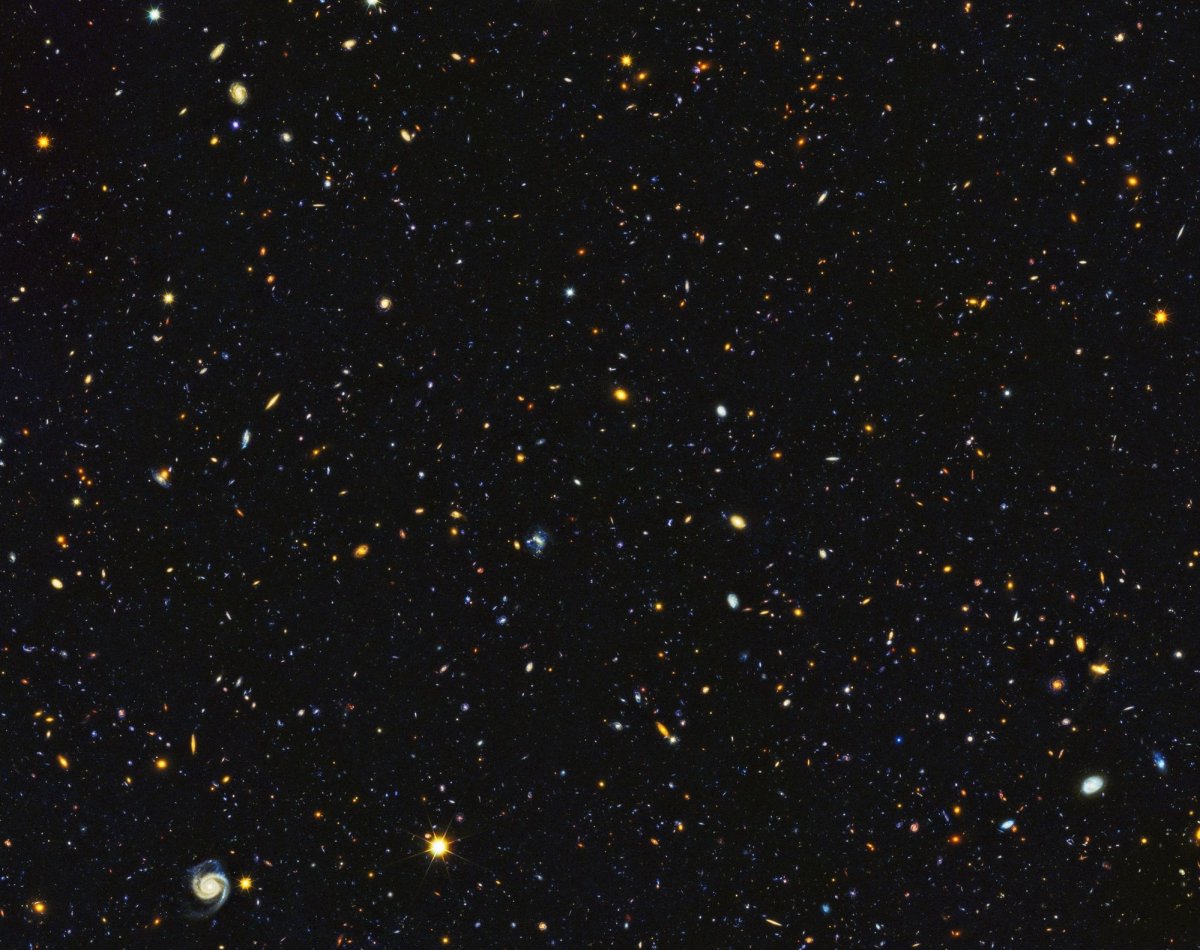The Hubble Space Telescope is renowned for capturing some of the most spectacular images of the cosmos. Now it has another masterpiece to add to the gallery.
Using the space observatory's ultraviolet light-detecting instruments in combination with visible and infrared light data, astronomers have assembled one of the largest panoramic views of the distant universe, featuring approximately 15,000 galaxies.
When we observe star systems that are incredibly far away from us, the light they emit can take millions or billions of years to reach Earth, meaning that, effectively, we are looking back in time. The latest deep-field image, for example, allows us to look back over the last 11 billion years at a range of galaxies that are widely distributed in time and space.
Not only does the image look breathtaking, but it can also help researchers to understand more about star formation and how galaxies grew from small clumps of hot young stars, long ago.
The furthest galaxies in the picture, which can only be viewed in infrared light, existed "only" about 3 billion years after the Big Bang—a period in the universe's evolution that was the busiest time for star formation. In fact, around 12,000 of the galaxies pictured are undergoing this dramatic process.
The closest galaxies, meanwhile, can be seen across a broad light spectrum. The light from the more distant regions actually started out as ultraviolet—which has a shorter wavelength than visible light but a longer one than X-rays. But because the universe is expanding in all directions, it has been stretched into infrared wavelengths.

The latest image is a portion of the GOODS North field sky survey in the northern constellation Ursa Major.
Because Hubble lies beyond Earth's atmosphere, which filters most ultraviolet light, the telescope can provide some of the most sensitive space-based ultraviolet observations possible.
Uncommon Knowledge
Newsweek is committed to challenging conventional wisdom and finding connections in the search for common ground.
Newsweek is committed to challenging conventional wisdom and finding connections in the search for common ground.
About the writer
Aristos is a Newsweek science reporter with the London, U.K., bureau. He reports on science and health topics, including; animal, ... Read more
To read how Newsweek uses AI as a newsroom tool, Click here.








